I am currently an assistant professor at the University of Texas Rio Grande Valley, where I started in September of 2019. My lab focuses on fungal pathogens that impact crops, and strategies to improve sustainable agriculture, such as biological control strategies. I am also interested in the ecology of emerging pathogens across landscapes, understanding how they disrupt native and agricultural systems, and how climatic factors impact their severity. The Rio Grande Valley is a rich and diverse area, and a critical point for trade between the United States and Mexico (our third largest trading partner). Please contact me if you are interested in joining my lab!
Prior to joining UTRGV, I was a postdoctoral researcher in the Plant Pathology Department at the University of Florida working with Dr. Karen Garrett. I researched the epidemiology of laurel wilt disease, an invasive beetle-vectored disease that has destroyed both native and agricultural hosts using network analyses to model how human behavior at local and regional scales will affect the outcome of the disease progress. Prior to my time at UF, I was a graduate student with Dr. Neil McRoberts at UC Davis, where I studied the epidemiology and control of spinach downy mildew in coastal California. Before working with Neil, I worked on my master’s degree with Dr. Doug Gubler studying grapevine powdery mildew epidemiology. My bachelor’s degree is in Plant Sciences from University of Maryland.
PhD in Plant Pathology, 2016
University of California, Davis
MS in Plant Pathology, 2013
University of California, Davis
BSc in Plant Science, 2009
University of Maryland
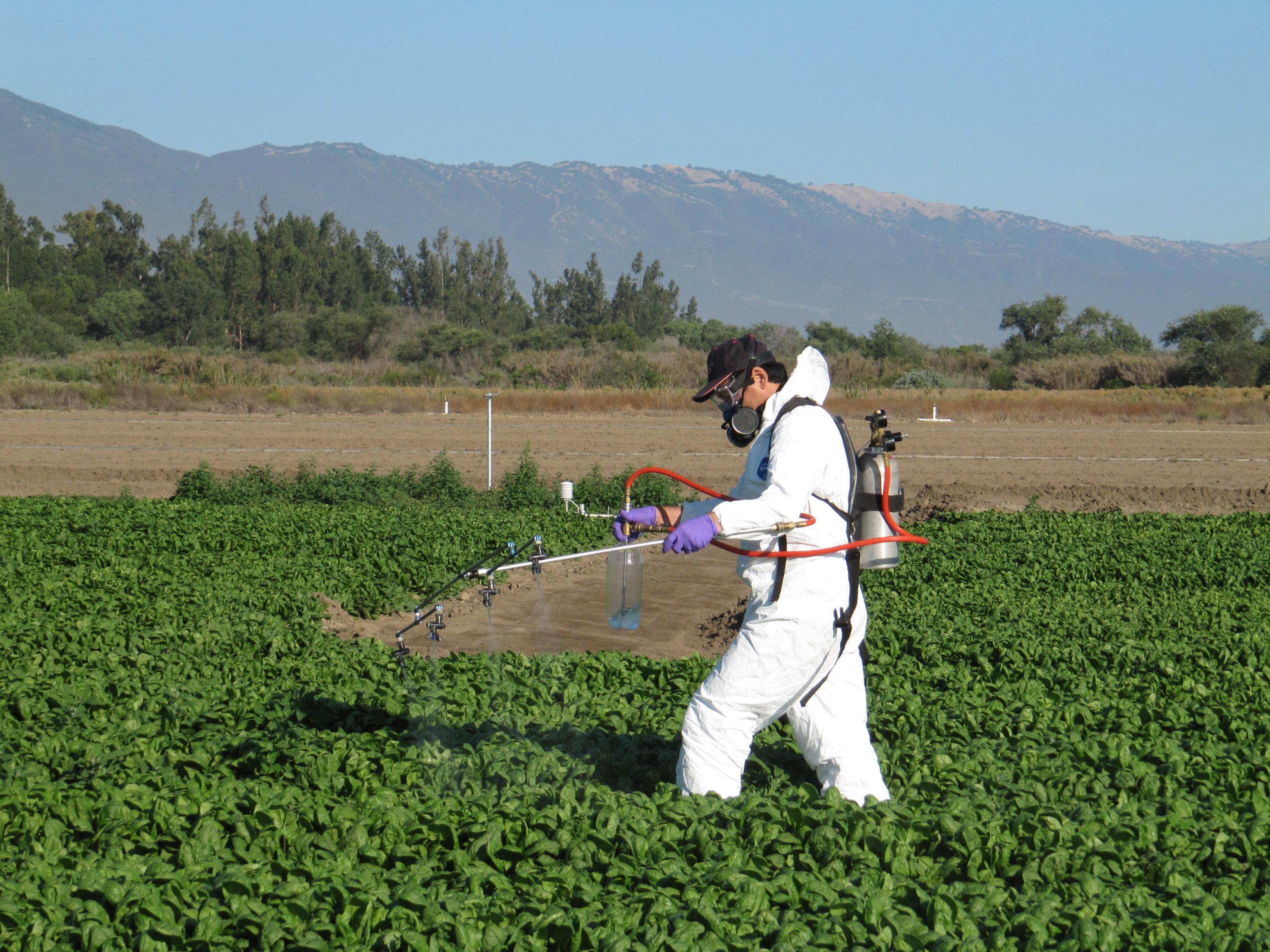


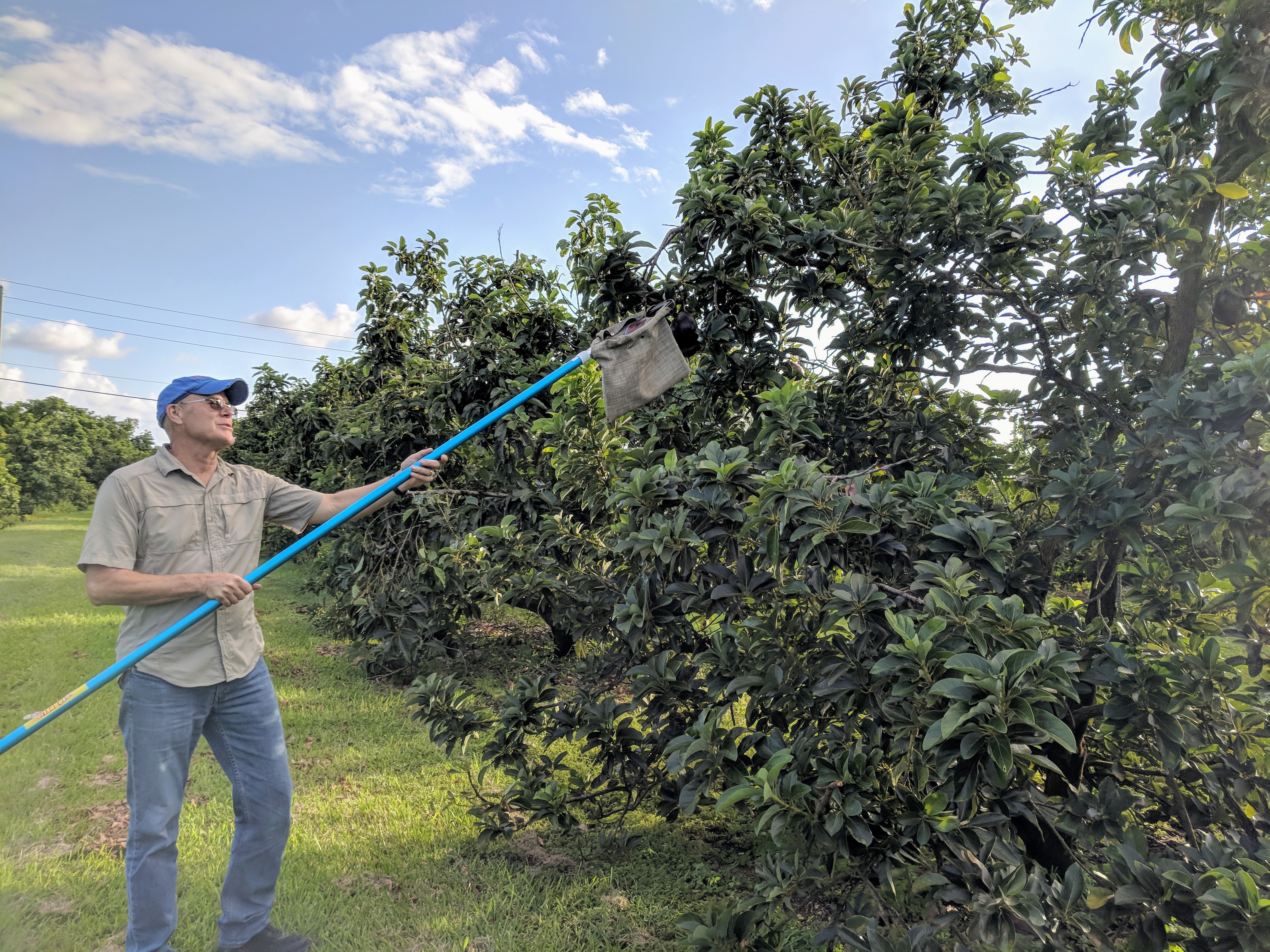
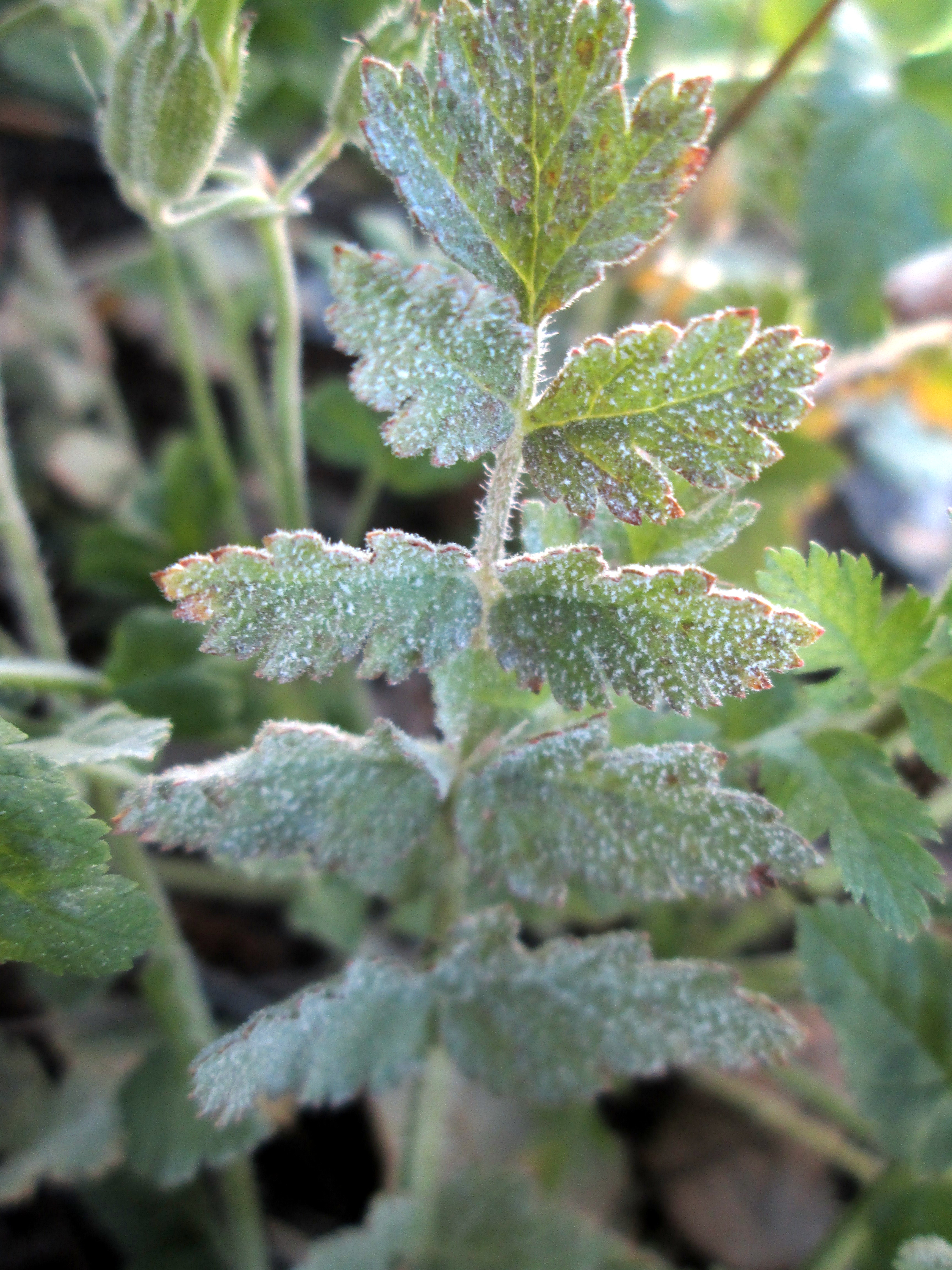
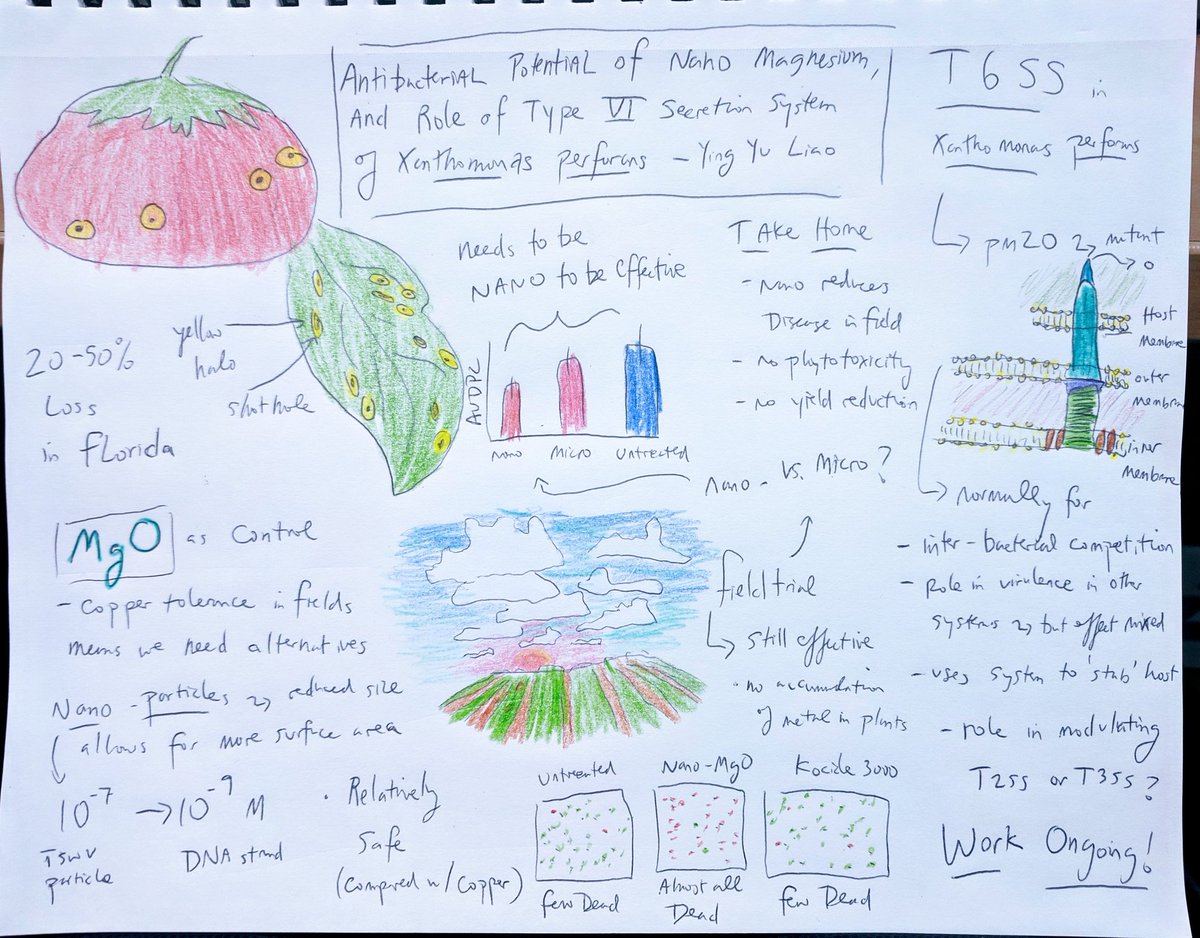
Ying-Yu Liao gave a nice seminar about her ongoing PhD work looking at Magnesium Oxide nanoparticles and their use for control of bacterial tomato spot disease.

I have three awesome sisters, so this was the painting I made for my sister Mimi’s birthday card. I’m lucky that my work is close by to some really cool gardens on campus, including the Ficke Garden just north of the Microbiology Building.
I put this art up on my redbubble account (https://www.redbubble.com/people/robchoudhury) so that I could buy it in sticker format
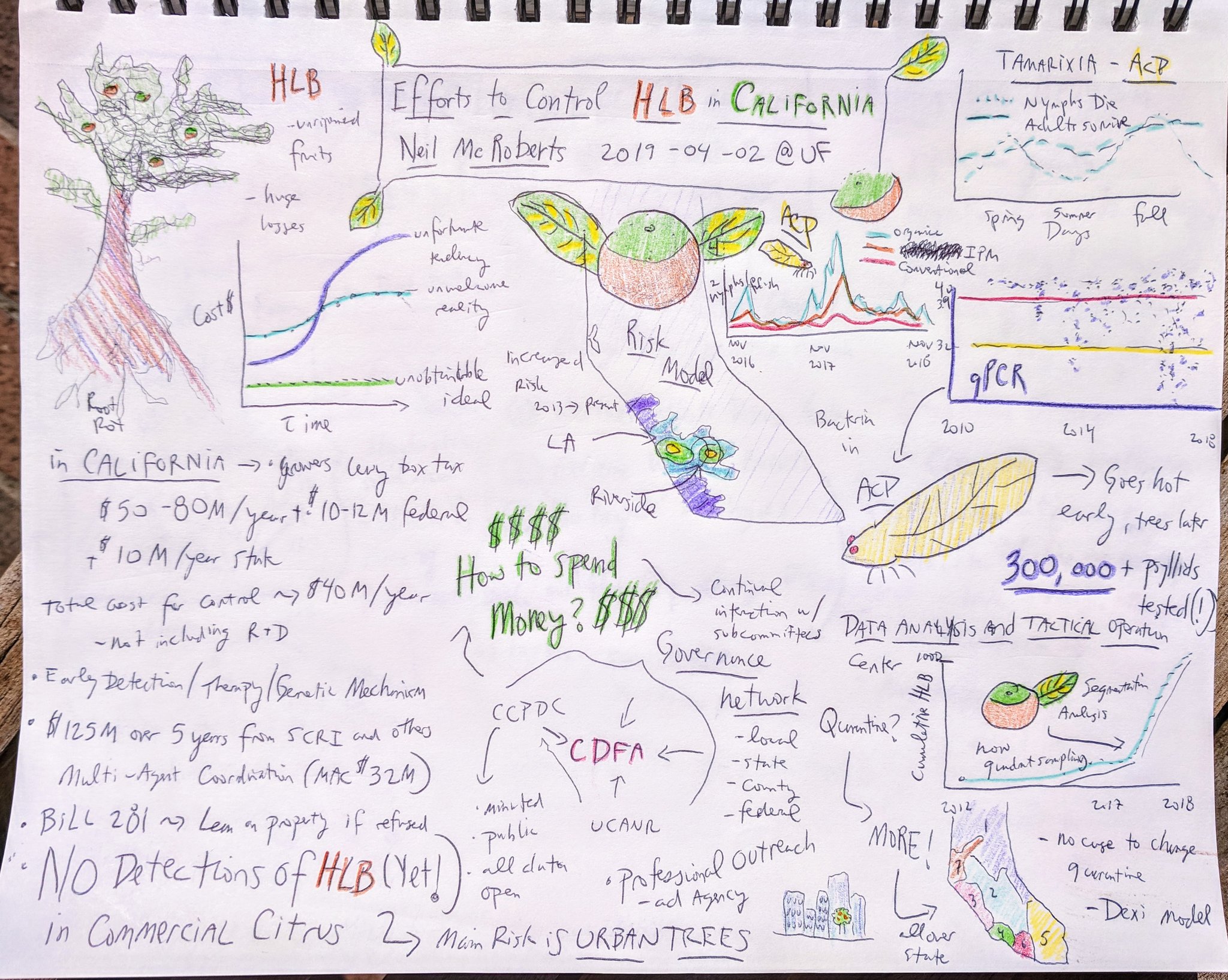
My former advisor Neil McRoberts gave a seminar at the UF Plant Pathology department about his work on managing the citrus HLB outbreak in California. They have currently found about 1000 trees in the LA basin with HLB, and the program spends about $40m each year, which he has to fight tooth and nail to get. The disease could devestate California’s citrus market, so managing it early is critical.
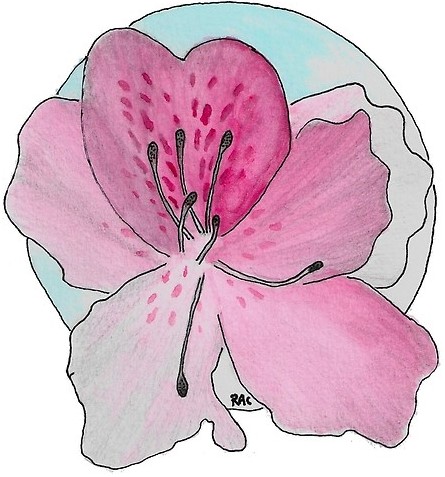
I have three awesome sisters, so this was the painting I made for my sister Abby’s birthday card. Florida lights up with tons of azaleas every spring, and my house is surrounded by them, so I wanted her to get a glimpse of some while they were in season. I put this art up on my redbubble account (https://www.redbubble.com/people/robchoudhury) so that I could buy it in sticker format
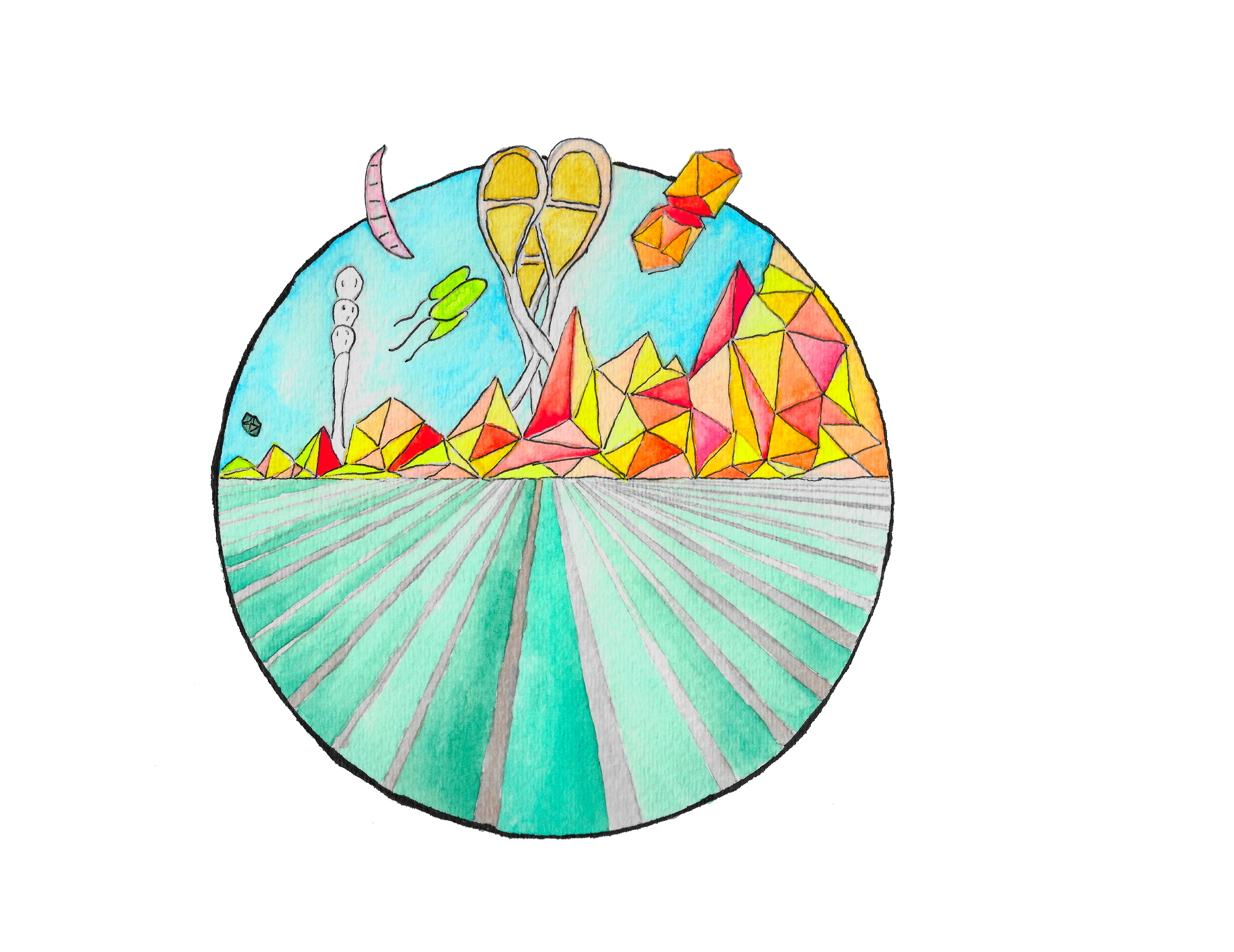
In the past, I have assisted in teaching several courses, including: